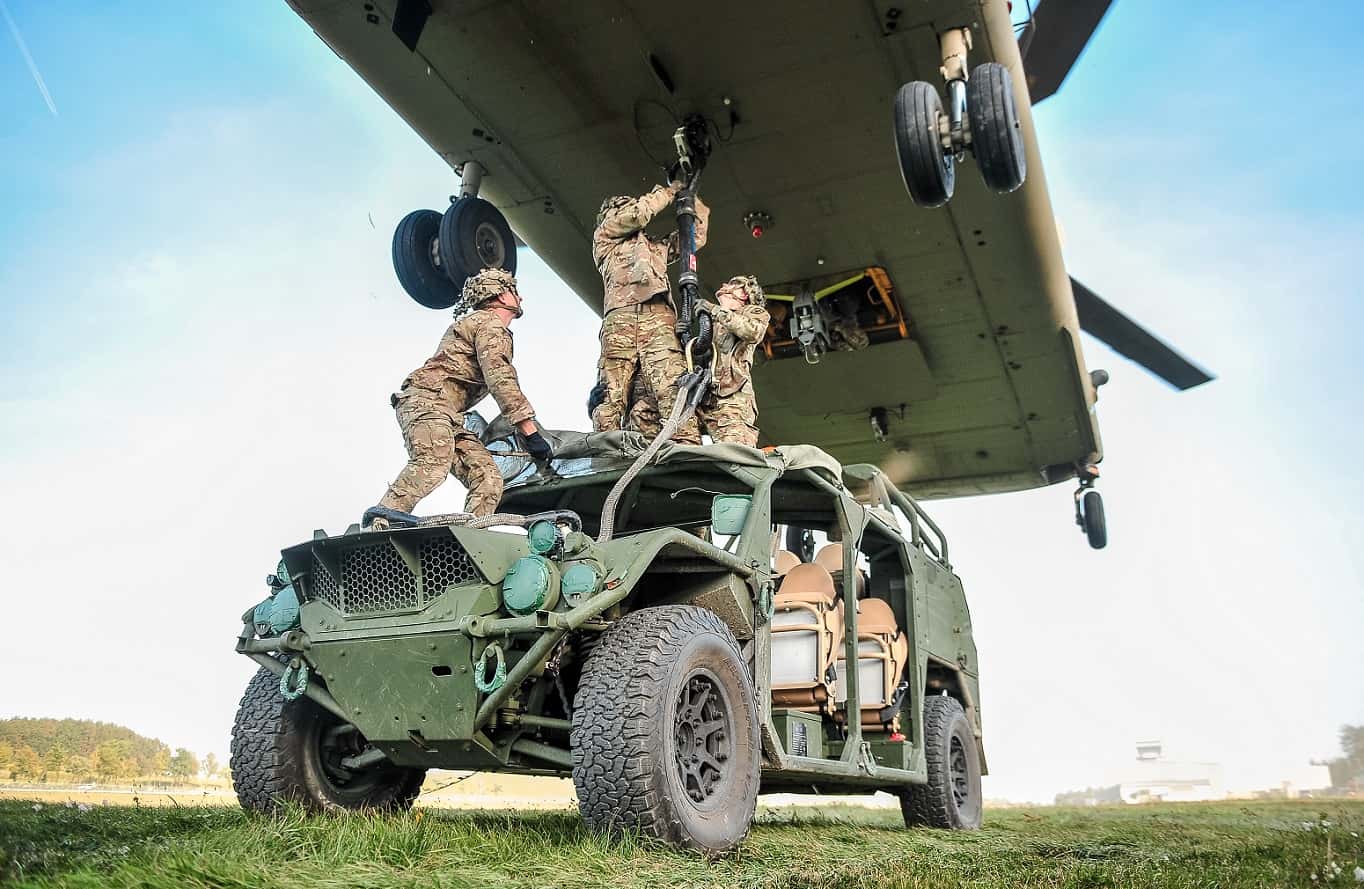
The U.S. military leaders are set to transform Total Army (Regular Army, National Guard, Army Reserve, and Army Civilians) into a multi-domain force by 2035, meet its enduring responsibility as part of the Joint Force to provide for the defense of the United States, and retain its position as the globally dominant land power.
Today’s challenges to global security aren’t just changing – they’re accelerating faster than ever before. Adversaries are highly adaptive and confronting us from every domain across air, sea, space, land and cyber.
Near-peer competitors such as China and Russia seek to achieve their aims by using multiple layers of stand-off across all domains – land, sea, air, space, and cyberspace – to separate U.S. forces and allies in time, geography, and function. They hope to deny U.S. ability to project combat power, thereby creating de facto spheres of influence. American competitors will do this through a combination of long-, mid-, and short-range weapons systems, conventional forces, integrated air defenses, electronic warfare and jamming, cyber-attacks, and denial of space-based capabilities, such as reconnaissance, navigation, and communications, as well as an array of political and informational tools.
To solve the problem of layered stand-off, the Multi-Domain Operations concept describes how a strategically postured Army, operating as part of the Joint Force, will compete below the threshold of armed conflict, penetrate and exploit windows of opportunity to break through enemy standoff capabilities, and then return to competition on favorable terms.
The Multi-Domain Operations concept will ensure the Army’s ability to fight and win in any conflict.
In multi-domain operations, forces generate combat power through the Strategic Support Area, namely the support functions that provide people, supply and equipment resources needed to build, project and sustain troops in the operational and tactical arenas.
The concept of cross-domain operations is not new. It has been an inherent part of military thought since antiquity.
The 2018 U.S. Army Modernization Strategy (AMS) Report to Congress introduced the Army’s six materiel modernization priorities (long-range precision fires, the next-generation combat vehicle, future vertical lift, the network, air and missile defense, and soldier lethality) to make Soldiers and units more lethal to deploy, fight, and win our Nation’s wars.
This 2019 AMS expands the Army’s approach beyond those six priorities, outlining a more holistic approach to modernization while maintaining continuity of priorities.
Modernization is a continuous process requiring collaboration across the entire Army. Therefore, while this AMS outlines an end state for the future Army in 2035, Army modernization will remain ongoing as we must continue to test and refine operating concepts, draw on emerging technologies, and anticipate changes in the operating environment.